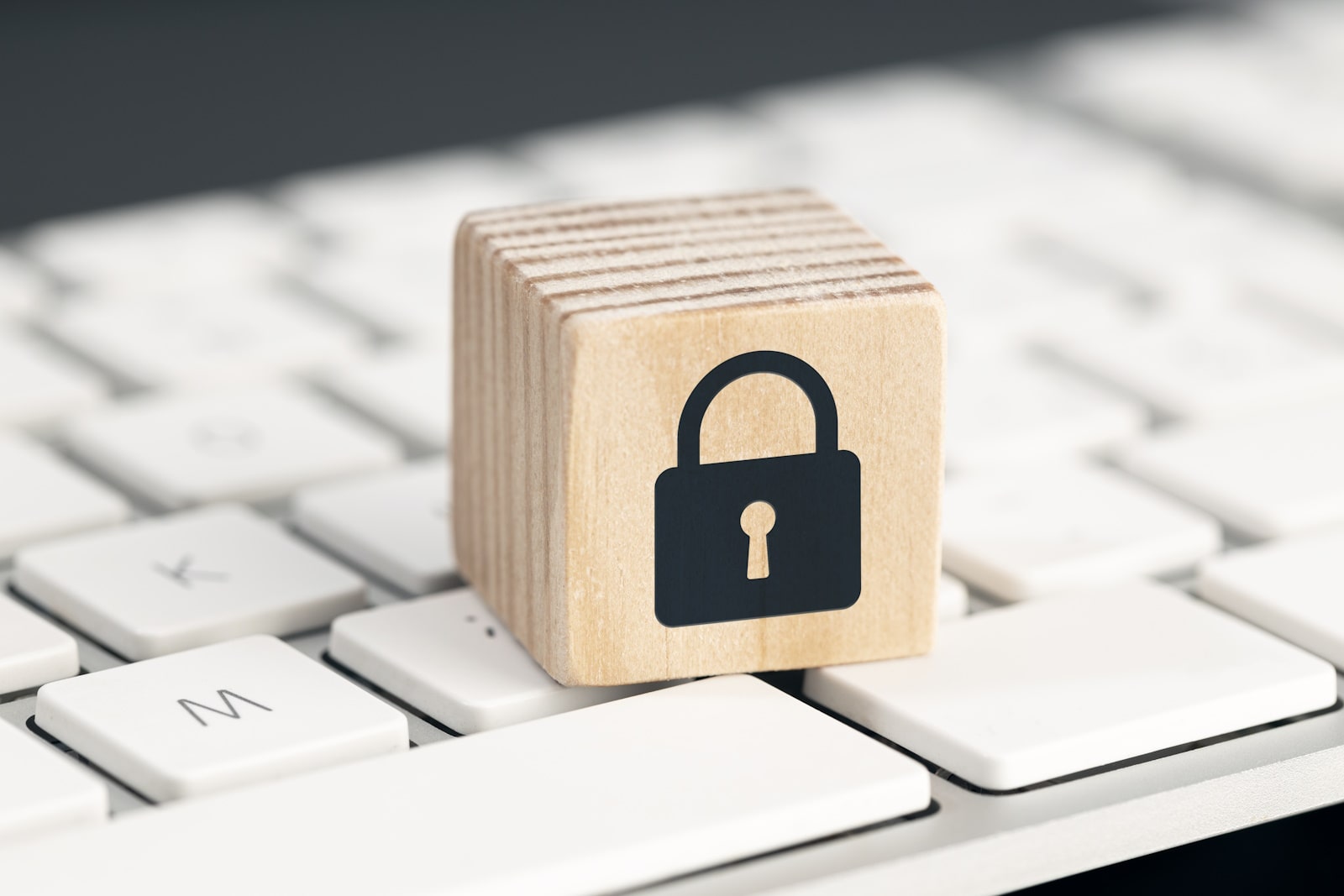
Cybersecurity Best Practices in a System for Learning Management
As educational institutions and businesses increasingly rely on digital platforms to deliver training and knowledge, the system for learning management has become a vital component of modern education and corporate development. However, as these systems handle vast amounts of sensitive information—including personal details, academic records, and financial data—they present attractive targets for cybercriminals. Effective cybersecurity is therefore essential, not only to protect data but also to preserve the credibility and functionality of the learning environment.
Role-Based Access Control (RBAC)
One of the fundamental strategies in securing a system for learning management is implementing Role-Based Access Control (RBAC). This method limits system access based on the user’s role—students, instructors, or administrators—ensuring they can only access the information and tools relevant to their responsibilities. RBAC minimises the potential for human error and insider threats by reducing unnecessary access to sensitive data.
By structuring user privileges in this way, institutions can streamline permissions management, reduce the risk of accidental data breaches, and create a more organised, secure system environment.
Secure Authentication Methods
Authentication is the gateway to any digital system, and in the case of a system for learning management, weak authentication methods pose significant risks. Multi-factor authentication (MFA) has become a non-negotiable standard. By requiring users to confirm their identity using two or more methods—such as a password and a mobile verification code—MFA significantly reduces the chances of unauthorised access.
Additionally, implementing strong password policies—such as minimum length, special character requirements, and routine password changes—adds another layer of security. Modern platforms should also consider biometric options and authentication apps for an added layer of convenience and safety.
Regular Software Updates and Patch Management
Cybercriminals often exploit known vulnerabilities in outdated software. A secure system for learning management must, therefore, be kept current through regular updates and diligent patch management. This applies not only to the core LMS platform but also to third-party tools and plugins integrated into the system.
Neglecting updates opens the door to cyber threats, many of which can be avoided through timely patching. Institutions should implement automated update schedules and maintain logs to verify that updates are being applied consistently across all platforms and devices.
Data Encryption: At Rest and In Transit
Encryption is essential to protect sensitive data from unauthorised access or interception. Within a system for learning management, data must be encrypted both at rest (when stored on servers) and in transit (when transmitted over networks).
Modern encryption protocols, such as TLS (Transport Layer Security), ensure that information like login credentials, personal details, and assessment results remain private. Institutions should also implement encrypted backups to safeguard against ransomware and data loss.
Compliance with POPIA, GDPR, and FERPA
Depending on where an institution operates, it must comply with relevant data protection laws. In South Africa, the Protection of Personal Information Act (POPIA) mandates that organisations protect personal data through reasonable technical and organisational measures. European users fall under the General Data Protection Regulation (GDPR), while in the United States, educational institutions must consider the Family Educational Rights and Privacy Act (FERPA).
Each of these regulations shares a common goal: protecting user data from unauthorised disclosure or misuse. Compliance is not only a legal requirement but also a crucial step in building trust with users of a system for learning management.
Cybersecurity Training for Users
Even the most secure system is vulnerable if its users are unaware of basic cybersecurity principles. A major cause of data breaches is human error—whether through phishing attacks, weak passwords, or unsafe browsing practices.
Institutions must incorporate regular cybersecurity training for all users of their system for learning management. This includes teaching staff and students how to recognise phishing attempts, manage credentials securely, and report suspicious activity. A security-aware culture is one of the most effective lines of defence.
Monitoring and Incident Response
Proactive monitoring and incident response capabilities are critical components of any cybersecurity framework. By continuously monitoring network activity and access logs, administrators can identify suspicious behaviour early and take action before it escalates.
Moreover, a well-documented incident response plan enables institutions to react quickly and effectively in the event of a breach, reducing downtime and minimising reputational damage. Regular simulations and audits help keep the plan effective and up to date.
Backups and Disaster Recovery Planning
No security strategy is complete without reliable backups and a clear disaster recovery plan. Backups should be performed regularly, stored securely, and tested frequently for recoverability. In the event of data corruption, accidental deletion, or a cyberattack, a sound backup and recovery protocol ensures continuity in the system for learning management.
These preparations are not only prudent but essential in an era where cyber threats are increasingly sophisticated and destructive.
Conclusion
The cost of neglecting security can be measured in data loss, legal consequences, reputational harm, and disrupted learning.
At Sound Idea Digital, we are committed to developing secure, efficient, and compliant systems that support the needs of modern learners and institutions alike. If you’re looking to enhance the safety and performance of your LMS, contact us today.



